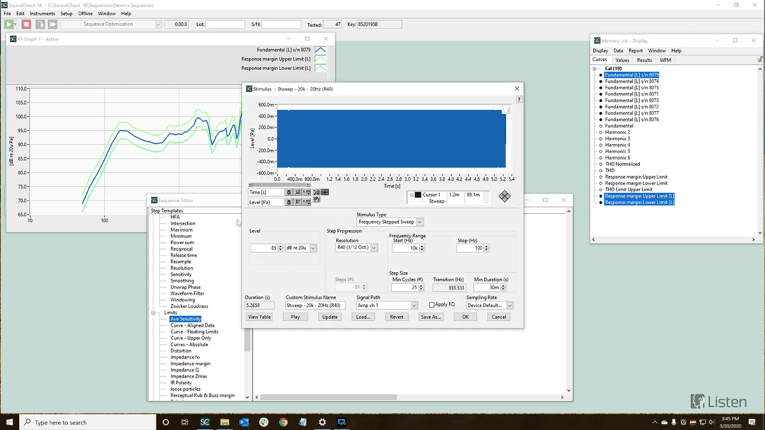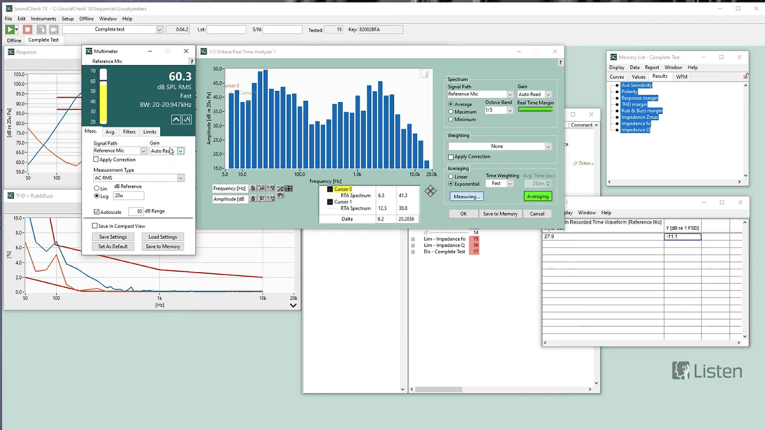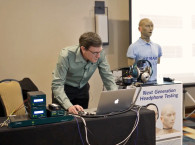
Under the circumstances of being restricted to working from home and not having the full setup of audio test equipment, there is a lot that can still be done just using Listen's SoundCheck audio test software. In good timing, Listen produced a series of videos - no need to schedule time for webinars, these can be viewed at any time on the company's Youtube channel - covering all the possibilities for SoundCheck users working from home.
In the first video of the series, Steve Tatarunis, Technical Support Manager at Listen, explains how to get a SoundCheck system up and running from home, and what resources are available to help. Next, Les Quindipan, the experienced field sales engineer at Listen, explains how to get the demo version of SoundCheck up and running when users don’t have their usual hardware available, outlining its functionality and making suggestions as to the useful things that can be done without access to the lab.

In another video, Devin Vaillancourt, Technical Support Engineer at Listen, explains ways in which users can optimize their SoundCheck sequences when working from home, and Cam Ruffle-Deignan explains how to use the offline menu to experiment with analysis steps using previously-captured data. This can be treated as a scratch pad for testing out different algorithms and step configurations, and these be saved for later use in sequences.
In subsequent videos, Steve Tatarunis also discusses the various options available if users are working from home and don’t have access to a calibrated audio interface, including onboard sound, virtual audio cable, Soundflower and USB speaker/microphone. He also shows where to find, and how to use, a selection of example test sequences included with each SoundCheck installation. These can save considerable amounts of time developing tests, as users can start with one of these and modify them to meet their needs - certainly worth checking out for users who are planning to develop new sequences or figuring out how to test a device!

In another video, Mark Latshaw goes through some of the resources that are available on the Listen website to help users work from home with SoundCheck and to improve audio testing knowledge in general, including instructional videos, technical papers, manuals and the support knowledge-base. In a separate video, Quindipan also demonstrates SoundCheck version 18 and reviews the new features. As Listen suggest, users can request a SoundCheck 18 demo version in the website. Those demo versions don't allow any actual measurements, but allow users to fully explore the new functionalities.
All these videos are posted on Listen, Inc.’s LinkedIn page several times a week, and all can be found on the Listen Website under Resources > Audio Measurement Blog, or on Listen’s Youtube channel https://content.listeninc.com/youtube.
Additionally, the Listen sales, support and applications teams are all working from home and available for one-on-one conference calls and demonstrations, so this is a great opportunity to get some assistance on any projects you might need help with.
www.listeninc.com






